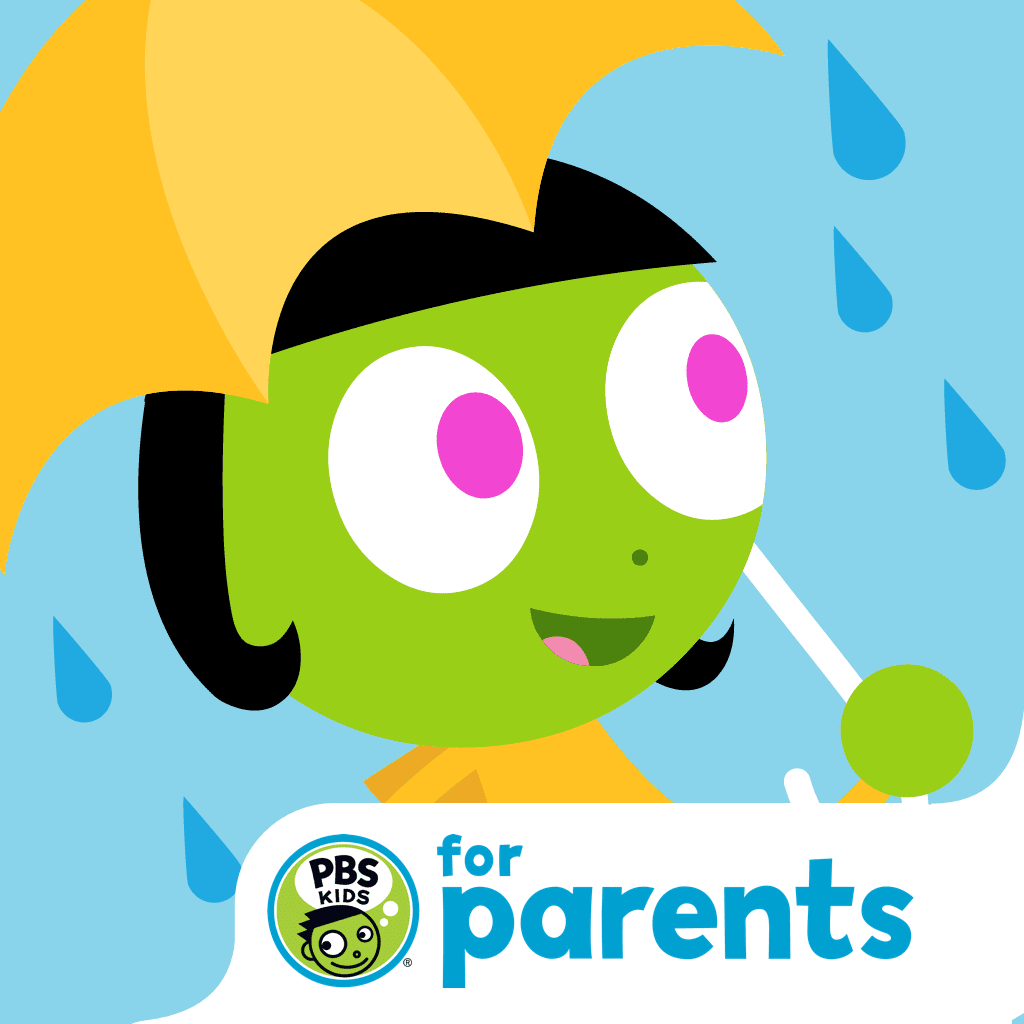THE AGE OF NATURE is a three-part documentary series, exploring how an increased awareness of the natural world is leading to a new chapter in the story of both humanity and the planet. The series focuses on the resiliency of Earth’s ecosystems through stories of success, as scientists, citizens and governments act to fix past mistakes and restore the environment.
Education Resources
WXXI Education staff have collected resources from The Age of Nature series, PBS LearningMedia, our partners, and more that are appropriate for use with middle and high school students.
- The Age of Nature Collection (watch the full series here!)
- Curated Lists of Resources (from PBS LearningMedia):
- PBS LearningMedia Collections:
About The Age of Nature Series Episode Overviews:
Episode 1 “Awakening”: Discover how a new awareness of nature is helping to restore ecosystems across the globe, with inventive actions being taken to repair manmade damage and restore reefs, rivers, animal populations and more. In the Pacific Island of Bikini Atoll, the full extent of the ocean’s ability to recover is evident. When scientists returned 50 years after the world’s most powerful nuclear weapons experiment devastated the island, they were astonished to discover that the reefs they thought destroyed were thriving. When forest land began to be developed around the Panama Canal, scientists stepped in to explain that there would be no water for the canal without the trees. A national park was created, saving some of the richest rainforests on Earth. In Norway, the crash of the cod industry is a cautionary tale about exhausting a once-abundant natural resource. But working sustainably, the fishing community has learned to manage resources for future generations. The resurrection of Gorongosa National Park in Mozambique in the wake of civil war and widespread poaching shows that ecosystems can be repaired — with a nudge in the right direction. Finally, in China, the enormous potential for humans to improve the environment is stunningly realized in the 25-year restoration of the Loess Plateau, the cradle of Chinese civilization, which had turned to dust during 8000 years of human activity.
Episode 2 “Understanding”: Explore how a new understanding of nature is helping us find surprising ways to fix it. Along the Elwha River in Washington, we learn how removing dams has led not only to the recovery of the local forest but also Chinook salmon, which provide food for the endangered orca population. In China, one scientist’s determination to restore fireflies, which provide natural pest control, is transforming the lives of rural farming communities — even tiny creatures can have a significant impact. The return of wolves to America’s first National Park, Yellowstone, has rejuvenated the entire landscape, repairing and restoring habitat that had been over-grazed by herbivores. This pioneering project discovered the crucial role of predators in bringing balance to ecosystems. In Scotland, planting trees is reversing massive deforestation which took place centuries ago, helping native wildlife thrive and mitigating some of the effects of climate change. And in South Africa’s Cape Town, innovative efforts to remove massively thirsty European pines and other invasive species are helping to restore the watershed, which faced a severe shortage in 2018 after three years of drought.
Episode 3 “Changing”: An urgent problem faces the planet: climate change. But around the world, scientists, citizens and indigenous activists are increasing our understanding of the potential of nature to help us cope with and even mitigate it. From Bhutan — the only carbon-neutral country in the world — to Borneo, an encouraging restoration of ecosystems is taking place, from planting forests to re-wilding areas to increasing biodiversity. In Poland, bison have been reintroduced to the Bialowieza Forest, the largest in Europe. New discoveries in Australia reveal that seagrass meadows lock massive amounts of carbon underwater and may help save the Great Barrier Reef. In Antarctica, whales — whose digestive processes feed microscopic phytoplankton, the basis for life in the oceans — are recovering. And in Belize, we meet Madison Edwards, who at 11-years-old waged a social media campaign that became a national movement, resulting in a government ban on offshore drilling.















